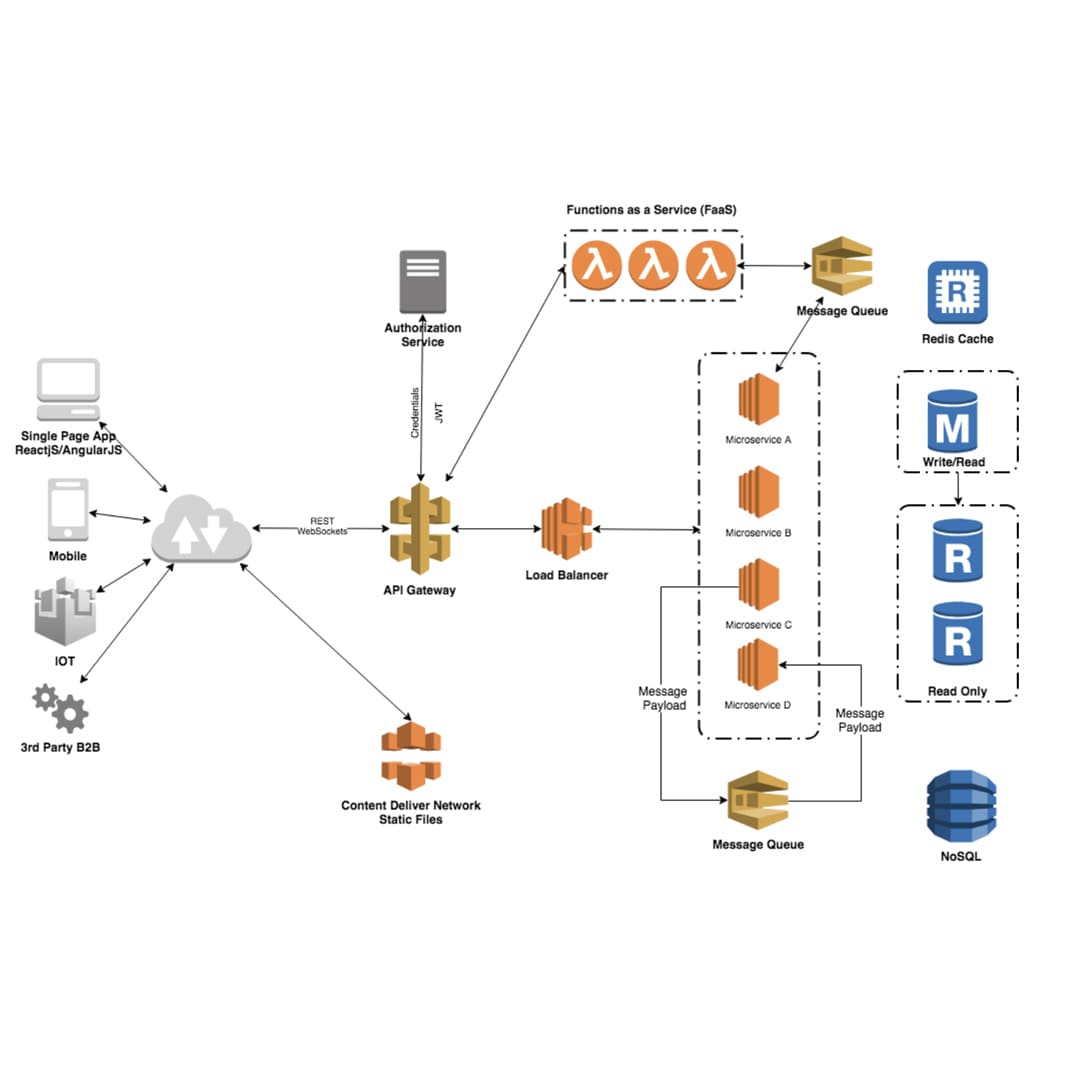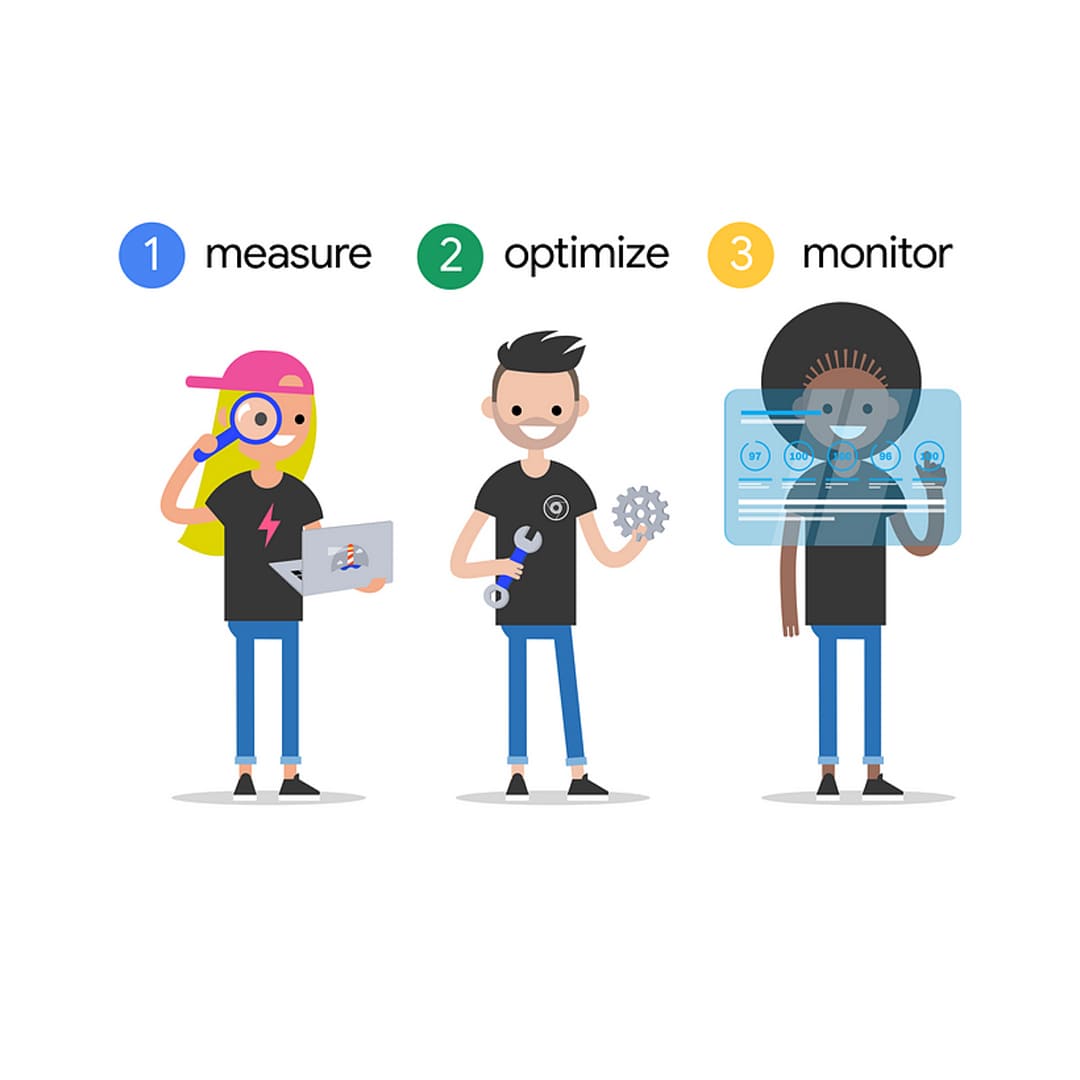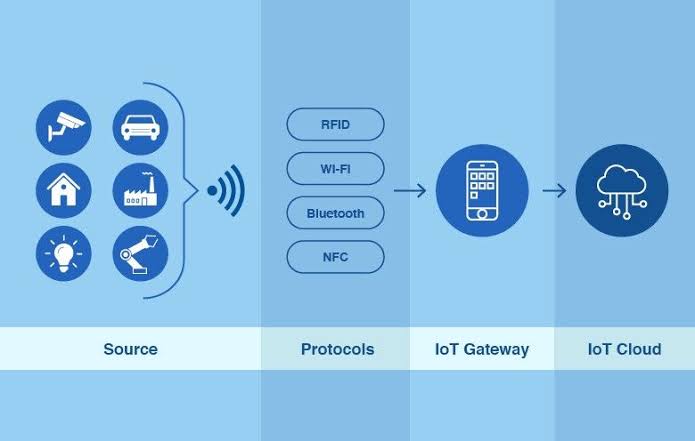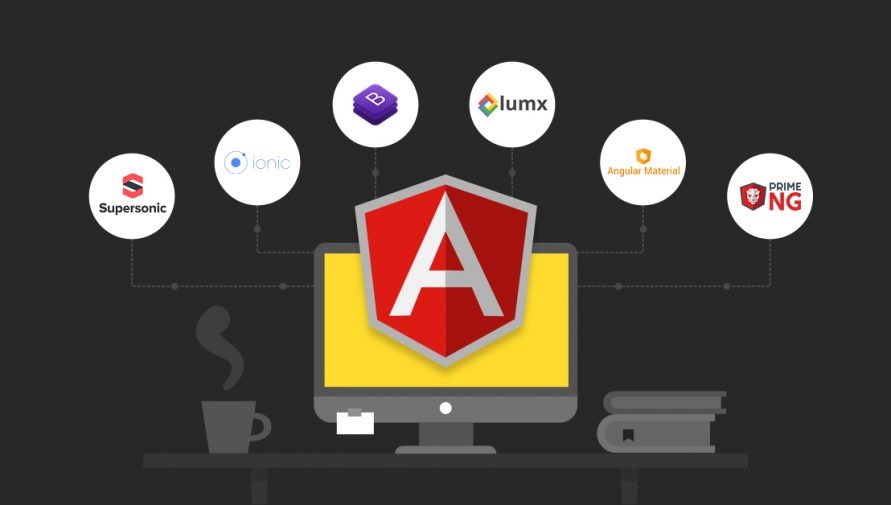Mobile-First Indexing Best Practices

Considering the growth in the internet user base through mobiles, now search engines like Google are more focused toward Mobile-First Indexing, where only the mobile version would be considered for indexing and ranking. This is changing the way websites should give the best render experience to users on a smartphone or tablet against that of desktop traffic. Let it be understood and adopted, therefore—the best practices for Mobile-First Indexing. This, in turn, gives a guarantee of better visibility and competitiveness of the respective search results. The importance of this guide is to focus on the necessary strategies and actionable tips that one should put into action for optimal web optimization for Mobile-First Indexing, ensuring that it meets the current mobile-centric demand of users.
Understanding Mobile-first indexing
This basically means that most search engines are going to use the mobile version of your website for indexing and ranking.
- Primary Mobile: What mobile-first indexing means is that the mobile version of your site— not the desktop version— becomes the primary version considered for indexing and ranking. It is because more users are accessing the web via mobile devices.
- Content consistency: The text, images and video should be the same on your desktop site as on your mobile site. Search engines get a feel of what your site is about from this content.
- Mobile-friendly Design: If it is responsive, then your website should be mobile-friendly and hence offer a great user experience on small screens.
- Page speed: Users have an almost demanding expectation of rapid page load on mobile devices. Google sees page speed as a ranking factor, so your site must be speed-optimized.
- Structured Data: Make sure structured data, or schema markup, is present and ramped up properly within your mobile site. This way, you can help search engines better understand your content.
- Viewport Meta Tag: This meta tag is important because it controls the layout of your site in mobile browsers. It ensures that content is zoomed properly into your device.
- Avoid Blocked Content: Do not block any resource, such as JavaScript, CSS, or images, on your mobile site because doing so may affect how search engines crawl and index your pages.
- Mobile Usability: Regularly monitoring your site for mobile usability issues with various tools, including the Mobile- Friendly Test by Google, to keep your site at its best for mobile users.
Now, with a better area of focus, all these have simplicity, which will help enhance performance and visibility in search results.
Key Concepts
Following are the key concepts of mobile-first indexing:
- Mobile-First Indexing: A practice of a website where the mobile version becomes the primary version for indexing and ranking in a search engine, not its desktop version.
- Responsive Design: The approach to design that one might use to adapt layout and content in order to best accommodate the size and orientation of a screen—the result delivers an ultimate user experience across the different screens in hand.
- Viewport Meta Tag: An HTML tag that facilitates the control of layout and scaling of a website on mobile devices. It ensures that it is of appropriate dimension; thus, the audience does not need to zoom in before reading content.
- Mobile-friendly is a descriptor of good user experience that a website can be able to offer from a mobile device. This includes easy navigation, readable text, and fast load times.
- Page Speed: The amount of time it takes for a web page to present its full content. Page speed is especially critical for mobile users; they expect the sites they visit to load very quickly. It even determines search engine result positions.
- Content Consistency: Making sure the same content is available on the mobile version of the website as it is on the desktop version – in terms of critical information such as text, images, videos, and others.
- Structured Data: This is one schema markup that will have people adding more details about their content to help search engines further in indexing and showing results.
- User Experience: User experience actually amounts to the general experience of a user as they access a website, including features such as navigability, readability, and general usability. If mobile-first indexing is to have its way, then it would place a premium on good UX on mobile.
- Mobile usability: Users of a website can efficiently navigate and use its contents easily, even on mobile devices. Examples are button size and touch targets, responsive layout, and others.
- Mobile-first design: An approach in design that starts precisely with the mobile version; thereafter, its versions are made for larger screens. This way the mobile experience is not any kind of afterthought.
- Crawlability refers to the ability of search engines to view whatever is contained on your website and to index that content. With regard to mobile-first indexing, mobile pages should be made visible and accessible to search engine bots.
- Dynamic Serving: A setup using which different HTML is served based on the device. That's fine to do, but you should ensure full content is reachable and being indexed to both types of device.
Such conceptual understanding helps in the optimization of websites to achieve better performance and visibility in the result pages of search engines.
Best Practices for Mobile-First Indexing
Below are some best practices that one should target with regards to optimizing for mobile-first indexing:
- Responsive Design: The website needs to incorporate responsive design. That will make the website flow gracefully on any screen size. This would provide a consistent user experience from any device.
- Consistent Content: Make the content consistent across both mobile and desktop. All relevant content information, images, videos, etc. should be available on the mobile pages.
- Improve the speed of the PI: Users require/need pages to load instantly. Images will need to be optimized, use the browser cache effectively, and reduce JavaScript and CSS to improve the speed of the mobile pages.
- Viewport Meta Tag: This is used to control the layout in mobile browsers to ensure that your content has the right size on various devices.
- Text Readability: Establish text readability on mobile devices without any need for zooming. Provide comfortably readable text with proper font size and spacing.
- Easy Navigation: Mobile users should be able to navigate with ease and full intuition. Make your menus easy to use and touch-oriented.
- Structured Data: Add structured data (schema markup) to both mobile and desktop versions of your site to inform search engines about your content.
- Avoid Applike Interstitials: Never block crucial resources like JavaScript, CSS, or pictures. Search engines require access to those resources for crawling content and its indexing effectively.
- Usability Applike Testing: Tools such as Google's Mobile-Friendly Test and PageSpeed Insights should be used regularly for checking any issues in usability and performance.
- Test Across Devices: Do test your site across different types of mobile devices and their screen sizes to make sure it looks consistent and user-friendly.
- Local Optimisation: Ensure that you have your local optimization efforts in place, including local keywords and Google My Business optimized, just in case you have a local business.
- UX: Efforts should be made towards creating seamless and pleasing user experience across smartphones, and pop-ups or bothersome interstitials should not irritate the experience.
With these best practices, you ensure the performance of your site under mobile-first indexing and deliver a good user experience to mobile users.
Common Mistakes to Avoid
These are some common mistakes to avoid when considering mobile-first indexing:
- Inconsistent Content – Avoid varied content between the mobile and desktop versions of your site. Make sure important information is on both to keep a strong consistency.
- Slow Load Times – And oh, don't forget about mobile page speed. Stay away from heavy images, unoptimized scripts, and too many redirects that might be slowing down your mobile site.
- Poor navigation: Do not have complex or challenging navigation for mobile menus, at all costs. Ensure the site is easy to use and the navigation on the site is intuitive for the mobile users.
- Non Responsive design: Do not use fixed-width layouts, which do not respond based on the screen size. Your design should be seen on a number of devices, scaled and responsive.
- Blocked Resources: Don't block important resources such as CSS and JavaScript from your mobile site. Such resources might be necessary to allow search engines to learn more about your content and index it.
- Touch Elements: Size clickable elements at a comfortable distance, so a big thumb doesn't tap on both accidentally.
- Unnecessary Use of Pop-Ups Overdoing the pop-ups or interstitials interrupts the user experience with your mobile website and are, therefore, likely to have the function of inducing a high bounce rate.
- Un-optimized Images Do not include bulky, un-optimized images that can drastically reduce your loading times. Compress and resize your images for mobile use.
- Insufficient Testing Do not forget to test your site on different mobile devices and screens. Compatibility and usability should be thoroughly checked on different platforms.
- Ignoring Mobile UX: Ignorance of mobile user experience. Touch elements, form fields, and any interactive elements should be designed with a view of a mobile user in mind.
- Not Using Viewport Meta Tag: You should include the viewport meta tag in your HTML. It helps control the layout and scaling on mobile devices.
Inconsistent Structured Data: The structured data should not vary from mobile and desktop versions but should be implemented similarly in both.
By overcoming these pitfalls of stopping the effectiveness and ranking of your site on a mobile-first indexing approach, good experience could be given to the users on mobile.
Schema Markup for Rich Snippets
- Product Details: Using the schema markup, show users the little details of the product, including the product name, price, and availability shown on the snippet of Google search.
- Review Details: Schema is used to drive reviews and ratings. This shows the rating of the review, name of the reviewer, the review content, and much more. It makes the customer feedback very visible.
- Recipe details: Leverage schema markup to add recipe details like ingredients, cooking time, and instructions to make your recipes stand out in search results.
- Event Details: Use schema markup for an event's name, date, place, and organizer. This way, you help potential users to find and attend it.
- Organization Details: Add schema related to your organization or business with its details, like its name, logo, and contact information. This way your business will be better recognized as a trusted source.
- Use JSON-LD: Google suggests making use of JSON-LD for your schema markup. This is so because JSON-LD—which stands for JavaScript Object Notation for Linked Data—is simple to place on your page and has nearly no impact on your HTML near the viewer. Validate Your Markup: Test your schema markup often with Google's Structured Data Testing Tool in order to validate it as correct and properly implemented.
- Using Best Practices: Remember to use Google's schema markup guidelines to ensure that your rich snippets look and feel right and in order to prevent any penalties.
- Consistency: Check the correctness of the schema markup on the overall website and see if it is consistent with the content of the site to relay trustworthy information to search engines.
- Monitor and Adjust: Keep observing the way rich snippets are shown in search results and update your schema markup accordingly to have it work optimally and be even more noticeable.
These will not only boost presence but also provide additional information to the users with the help of rich snippets.
In a nutshell, mobile-first indexing is an impactful change in the digital environment that resonates with a way forward to make it remain wholesome by providing an uninterrupted quality experience to the mobile users. Adopting responsive design, optimizing for site speed, and maintaining content consistency can significantly improve website performance and visibility in search. Staying in tune with the trends and adapting to new technologies makes your website relevant even in a mobile-first world. After all, the focus on mobile optimization meets requirements from search engines and is crucial for significantly enhancing user satisfaction and engagement. Effective mobile-first indexing practices will be crucial to those seeking long-term performance in the digital space as mobile usage continues to grow.
Recent Stories
500k Customer Have
Build a stunning site today.
We help our clients succeed by creating brand identities.
Get a Quote





















































































































